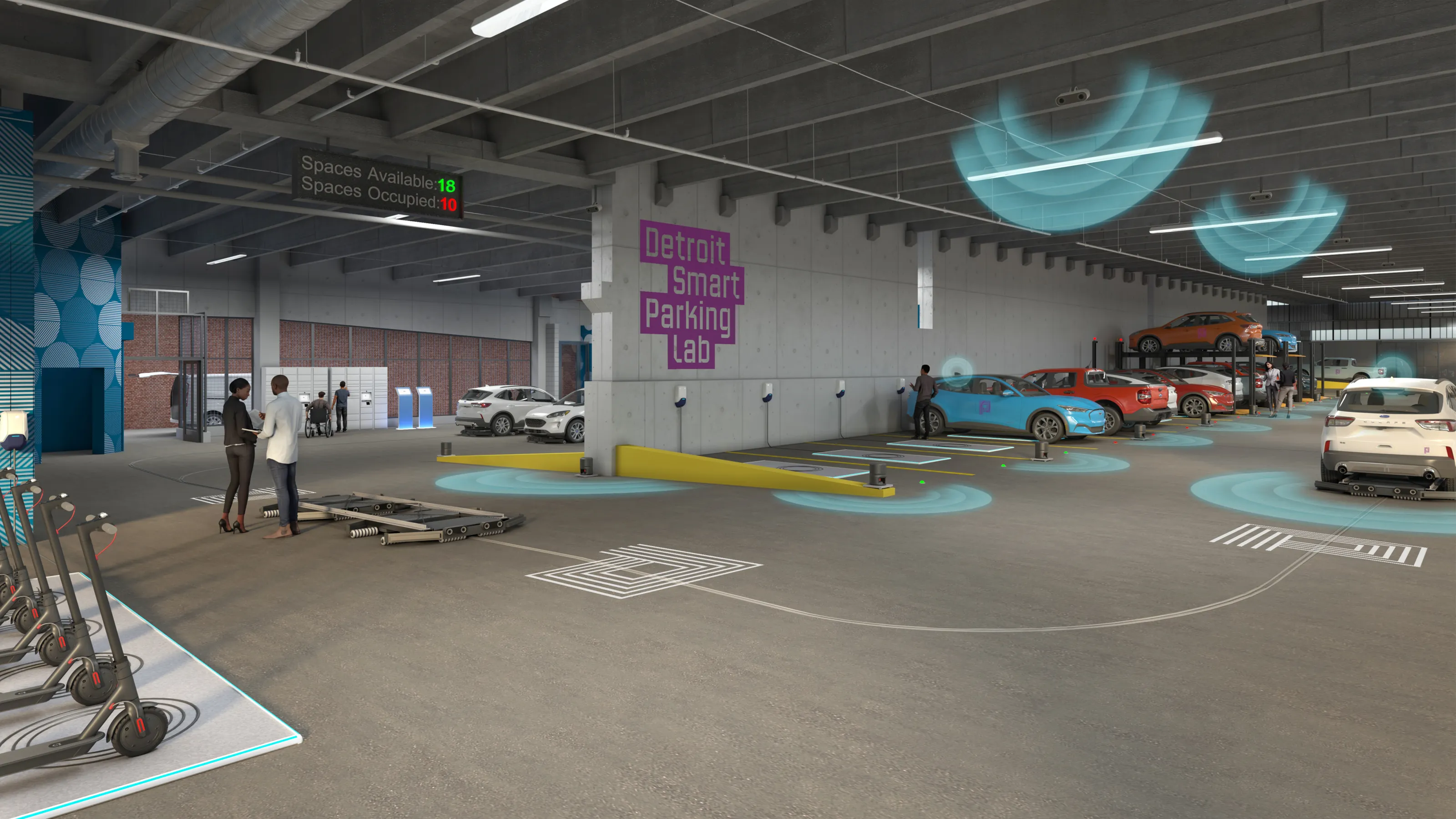
Washington State's King County Metro and MV Transportation are developing an approach called CommonPaths which is designed to gather better pavement information to improve pedestrian safety and transit access.
The Puget Sound region's largest public transportation agency, Metro provides bus, paratransit, vanpool and water taxi services, and operates Seattle Streetcar, Sound Transit Link light rail and Sound Transit Express bus service
The agency recognises that pavements are essential for safely getting to transit, but points out that it can be hard for cities to assess the conditions of hundreds of miles of pavements around a region.
Metro senior transit planner Matthew Weidner says: “We’ve been very car-centric. We have really good data on roads—what intersections look like, road conditions, places where you turn. But then when you think about the data everyday people have about sidewalks in their neighbourhoods, there exists a huge amount of uncertainty.”
CommonPaths was created by utilising research conducted at the University of Washington’s Taskar Center for Accessible Computing Technology. The system provides tools for agencies to collect and distribute pathway data in OpenSidewalks.
The system uses an OpenStreetMaps collaborative framework, allowing agencies to reap the benefits from contributions by other agencies, jurisdictions and the public.
This reduces the effort to collect and maintain up to date information, the agency adds.
Weidner sees long-term possibilities for CommonPaths, which include enabling pedestrians to receive personalised turn by turn GPS directions based upon their abilities with the same level of detail now available for car travel.
He also believes the technology will help cities and towns understand pavement conditions in their areas while also allowing jurisdictions to collaborate on pedestrian and transit accessibility projects more easily.










